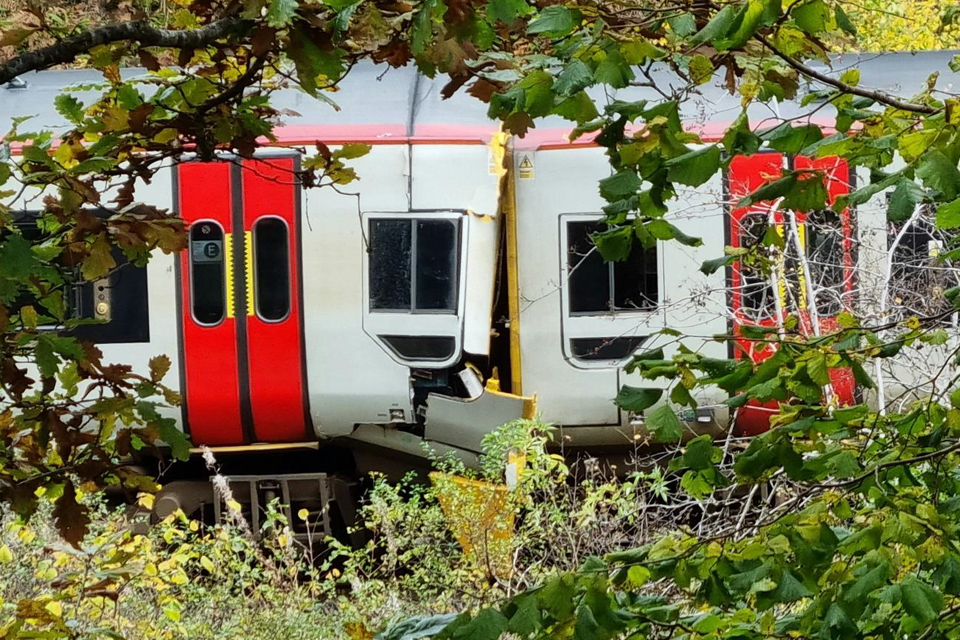On a 158 a driver can not override any emergency brake demand, Including one from the ERTMS system.It seems that after normal braking was insufficient to slow the train enough emergency braking was applied until the collision. I seem to recall that repeated braking may be more efficient in slides that continuous braking. If the ERTMS can override braking (reading a comment above) and apply the emergency brake does this mean that the driver cannot override this? If the rail adhesion was too low to enable the train wheels to adhere then I assume any type of braking would not stop the train particularly as sanding was not working. Perhaps also the driver applied emergency brake and then left the cab when the collision was unavoidable.
Yep, same, let WSP do it’s job, do not release the brake, select a higher level of braking if required.I don't know what TfW driver instructions are, but for us with WSP fitted stock if you encounter a full slide you must not attempt to regain rotation, you just stick it in emergency and wait until it stops.
There is mention online that there was something done to the WSP when TFW had them refurbished, what exactly I don’t know.The question might also be legitimately asked why 1980s generation stock hasn't been retro-fitted with new WSP equipment in the last 20 years or so, in the same way that all the HST operators (except FGW/GWR and ScotRail) have done?
A minor clarification incase it’s relevant to your thinking, the route isn’t set by the ERTMS system, the signaller sets the route, but they should always set the route for the first train into the loop.One point I’m interested to clarify - it has been stated that the RHTT ran approx 24hrs before the accident. However it’s also been said that ERTMS will always route the first train to arrive at Talerddig into the loop, so that the second train can pass on what is nominally now the ’through line.’
At Newtown and Welshpool, the RHTT does one side in each direction.

